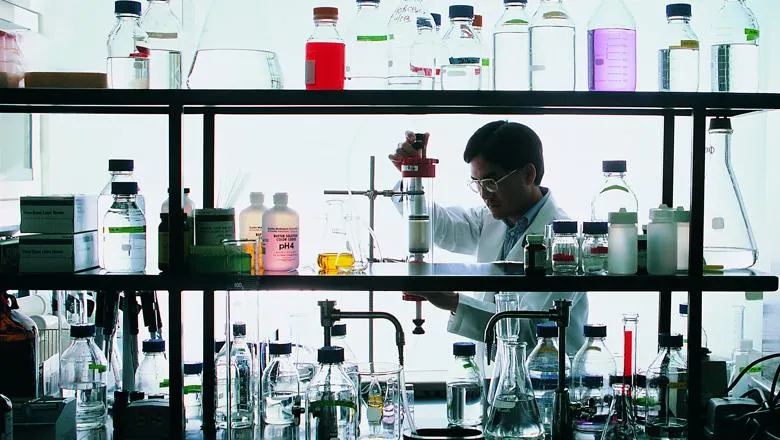12 October 2020
Stem cell behaviour in periodontal disease
Researchers have identified two distinct populations of stem cells in the periodontal ligament.

Periodontal disease is recognised as the main cause of tooth loss. General tissue destruction and loss of attachment of the periodontal ligament to the tooth are responsible for loosening, and ultimately the loss of the tooth.
In a paper published in the Journal of Stem Cells, researchers from King’s College London have identified two distinct populations of stem cells in the periodontal ligament. These contribute to the formation of specific cells, cementoblasts, that attach the periodontal ligament to the tooth.
The research from the Sharpe group in the Centre for Craniofacial & Regenerative Biology at the Faculty of Dentistry, Oral & Craniofacial Sciences, carried out by CSC PhD student Jing Zhao, found that during postnatal development, cementoblasts are formed from two different cell types: blood vessel-derived cells and blood vessel-associated cells. In adults, only one of these cell populations usually forms cementoblasts but following experimental induction of periodontal disease, the other cell population becomes the main source of stem cells forming the cementoblasts.
This shows that different populations of resident stem cells are thus mobilised at different times to generate precursors for cementoblast differentiation in health and disease. The differentiation of these stem cells into cementoblasts is however inhibited by bacterial products such as Lipopolysaccharides, emphasising that regeneration of periodontal ligament soft tissue and restoration of attachment approaches that protects these specific stem cells.
Find out more and read the full paper online here: https://stemcellsjournals.onlinelibrary.wiley.com/doi/abs/10.1002/stem.3288
“Stem cell contributions to cementoblast differentiation in healthy periodontal ligament and periodontitis” by Jing Zhao, Louis Faure, Igor Adameyko, and Paul T Sharpe was published in the Journal of Stem Cells on October 10, 2020.

